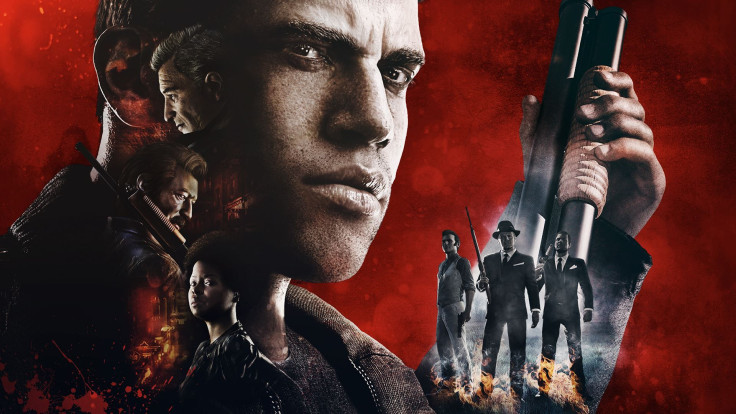Mafia 3 is set in 1968, a period of massive cultural change across America. While society’s views were changing from events like the Vietnam War, the assassination of Dr. Martin Luther King Jr. and the Summer of Love, music was also taking a new direction. To capture that feeling, the composers of Mafia 3’s score went to great lengths for authenticity.
“We spent two weeks in Nashville recording,” Mafia 3 composer Jesse Harlin told iDigitalTimes about the process of making the soundtrack. “We had a whole band in at one time. Two guitar players, a bass player, drums, harmonica and Hammond organ.”
Harlin talked about how the late 60s was a huge period of musical experimentation, and it was pretty much all started by two bands: The Beatles and The Beach Boys. “You’ve got 1965 and 66 when the Beatles and the Beach Boys are basically inventing the modern process of studio recording with things like Sgt. Pepper’s and Pet Sounds,” he said. “Those come out in 1966 and 67, and blew everyone’s minds. People started going into the studio in 66, 67 and 68 to experiment.”
These same experiments were recreated for Mafia 3 using old tube amps, recording techniques and more. “We had a blast getting to play amazing music through these amazing pieces of hardware,” Harlin said.
The composers also got to work with a piece of music history. “The recording console we used was the same one that Prince recorded ‘Purple Rain’ on,” Harlin said. “It had made its way from New York City to Nashville.”
Harlin, his co-composer Jim Bonney and 2K decided to focus on Blues music when making the score, but not before trying out other styles of music first. “We settled with the Blues after our own experimentation,” Harlin said. “We looked at a few different things. We started with orchestral stuff, because Mafia and Mafia 2 had an orchestral score. Myself and the team all felt it was a fine option, but it wouldn’t set the world on fire. It would serve the game, but wouldn’t help to make it stand out.”
To make Mafia 3 a bit more distinctive, other genres were explored. “We wanted something to give it a punch and give it it’s own time and place,” said Harlin. “We thought about Rock, but were concerned the guitars might run roughshod over the other sounds you need to hear in a game like dialogue or footsteps coming up behind you. We looked at a funk score, but that got ruled out as well, so we went with the Blues.”
Writing music for games, especially one that is open-world like Mafia 3, isn’t as straightforward as you’d think. The music has to reflect the mood of what’s going on, and when you can change that mood as easily as stealing a car and getting into a police chase, you have to be ready for anything. Even writing the music for the cutscenes can be challenging, because often times they aren’t finished.
“Writing for cutscenes in game is always really tricky, mostly because cutscenes are one of the last things to come in development of the game,” Harlin said. “I’m taking a lot of guesses about what could happen, and all I have is a script. The team is still making the cutscenes as I’m writing and recording the music.”
Mafia 3 was a bit easier, because developer Hangar 13 shot all of the cutscenes on video with actors.
“The cutscenes that I received, about a third of the screen was an in-game render of the characters, but the other two thirds of the screen were multiple other camera angles of the live-action actors,” Harlin said. “I got to see both where the game is at and the human beings behind the emotion. It helps to discern the true nature of what is still very much a work in progress.”
To make it easier on the composers, composing was done mostly in chunks. Each character has his or her own theme, and then variations on that theme can fit with whatever action is taking place. “For example, there’s Lincoln’s theme,” said Harlin. “Then we did an angry version of it and a sorrowful version of it. Everything is written in the same key, so you can take any piece of music and attach it to any other piece and they can transition smoothly between each other.”
The full score, which features 26 songs from both Harlin and Bonney, is available for purchase from retailers such as iTunes. Mafia 3 is now available for PS4, Xbox One and PC.
So what do you think? Are you interested in giving Harlin and Bonney’s score a listen? Have you already started playing Mafia 3? Let us know your thoughts in the comments section below.














![[EG April 19] Best 'Stardew Valley' Mods That Will Change](https://d.player.one/en/full/226012/eg-april-19-best-stardew-valley-mods-that-will-change.png?w=380&h=275&f=955520b8313253ee3c39c791f6210f38)



